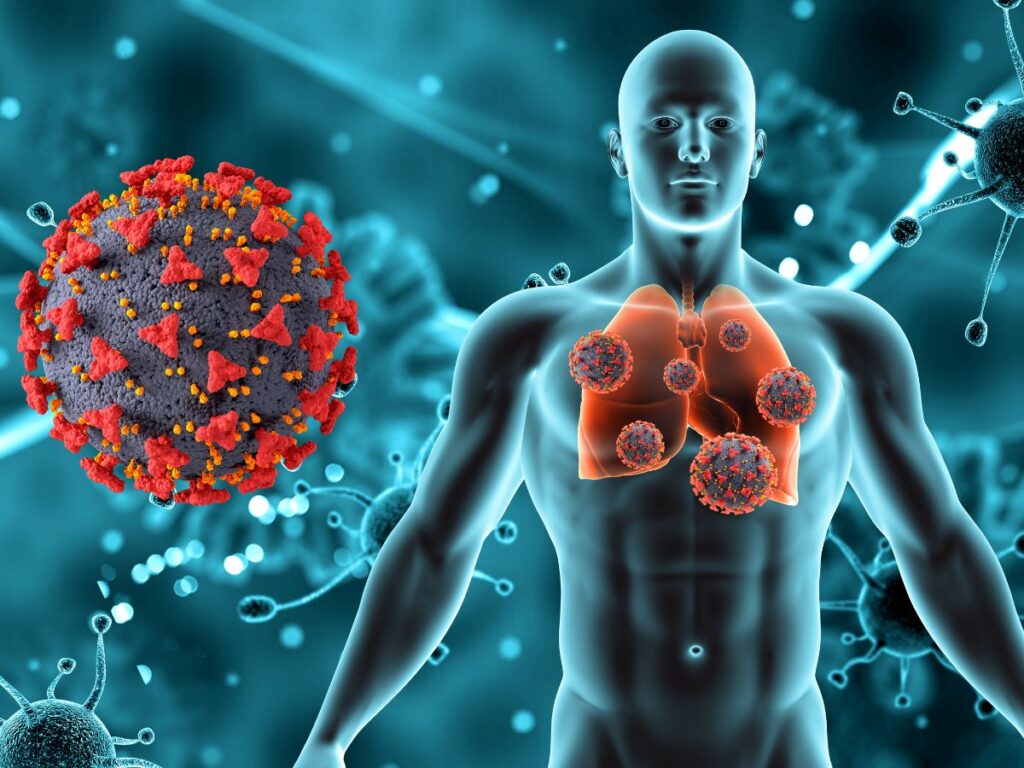
Amid the global COVID-19 pandemic, understanding this pathology from all angles, including symptoms, causes, and the critical role of radiological diagnosis, is essential. Comprehensive knowledge will enable effective management and prevention strategies.
COVID-19 Symptoms
COVID-19, caused by the SARS-CoV-2 virus, can present a variety of symptoms ranging from mild to severe complications. Common symptoms include fever, cough, loss of taste or smell, fatigue, sore throat, and nasal congestion. In more severe cases, respiratory difficulties and pneumonia can occur.
Causes and Transmission
SARS-CoV-2 is primarily spread through respiratory droplets and direct contact. Causes of disease severity are complex and may involve factors such as age, comorbidities, and immune status. Understanding these factors is crucial for risk assessment and management.
Diagnostic Radiology of COVID-19
Radiological imaging, particularly chest computed tomography (CT), plays a pivotal role in diagnosing COVID-19. Images can reveal characteristic ground-glass opacities, indicative of lung tissue inflammation. CT also allows for assessing lesion severity and guiding therapeutic decisions.
Click the following link to access radiological images for a better visualization of the pathology.
Importance of Radiology in Management
Radiology is not limited to diagnosis. It plays a vital role in monitoring COVID-19 patients, tracking the progression of lung lesions over time. This monitoring is crucial for adapting therapeutic strategies and assessing treatment response.
Comprehensive understanding of COVID-19, its symptoms, causes, and radiological diagnosis, is crucial in combating this pandemic. Adherence to prevention measures, like mask-wearing and social distancing, remains the best line of defense. Continued research and medical collaboration are essential to address this global crisis effectively.




